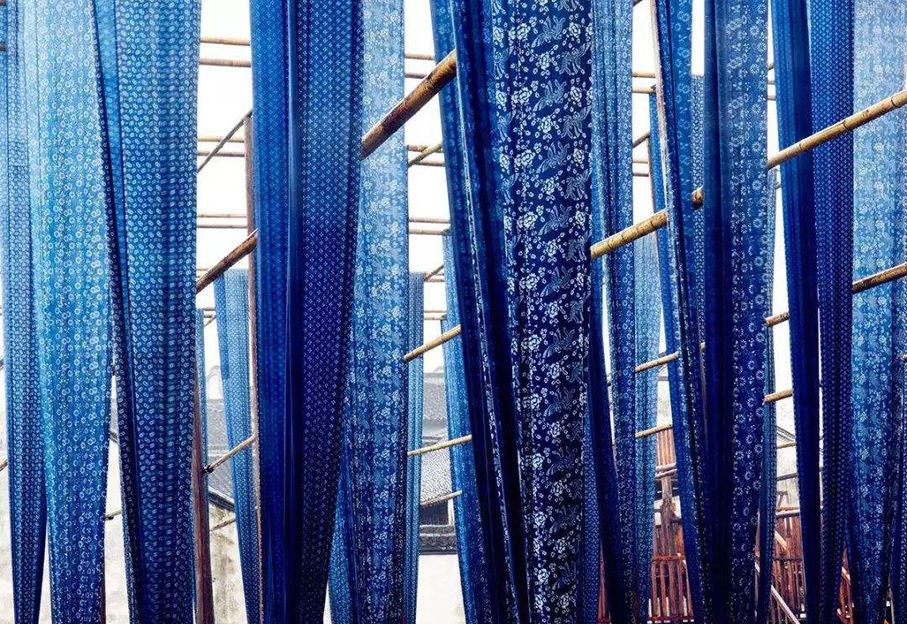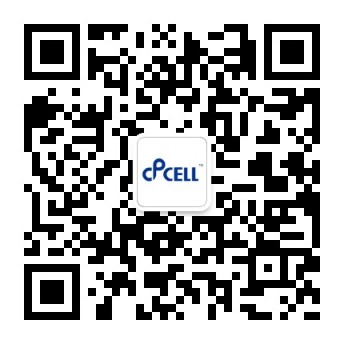Printing and dyeing industry
The printing and dyeing industry is a typical high-water-consuming industry and the pollution is extremely harmful. The source and pollutant components of printing and dyeing wastewater are very complex, mainly containing dyes, slurries, dyeing auxiliaries and fiber impurities, oils, acids, alkalis and inorganic salts. The composition is complex and the emissions are large, the chroma is high, the alkalinity is large, The PH is high, and the biologically difficult to degrade substances are more and more varied. Printing and dyeing wastewater is recognized as one of the most difficult hazardous wastewater treatments. Direct emissions pose great harm to human health and the living environment, and at the same time cause waste of water resources. With the increasing emphasis on environmental protection requirements by the state and society and the requirements for sustainable development, traditional treatment methods have become increasingly difficult to meet the requirements of production and environmental protection. Membrane separation technology is a new type of efficient and environmentally friendly separation technology. In recent years, with the continuous development and progress of membrane separation technology in the country, modern high-tech membrane separation technology (mainly ultrafiltration, nanofiltration and reverse osmosis technology) has been widely applied and produced in the printing and dyeing industry. Good economic and social benefits bring new opportunities for technological innovation in the printing and dyeing industry.

